The furniture for the new Studio Museum in Harlem tells a story of its own
Furnishings at the new purpose-built home for New York’s Studio Museum in Harlem sit in harmony with its mission as an uplifting platform for artists of African descent
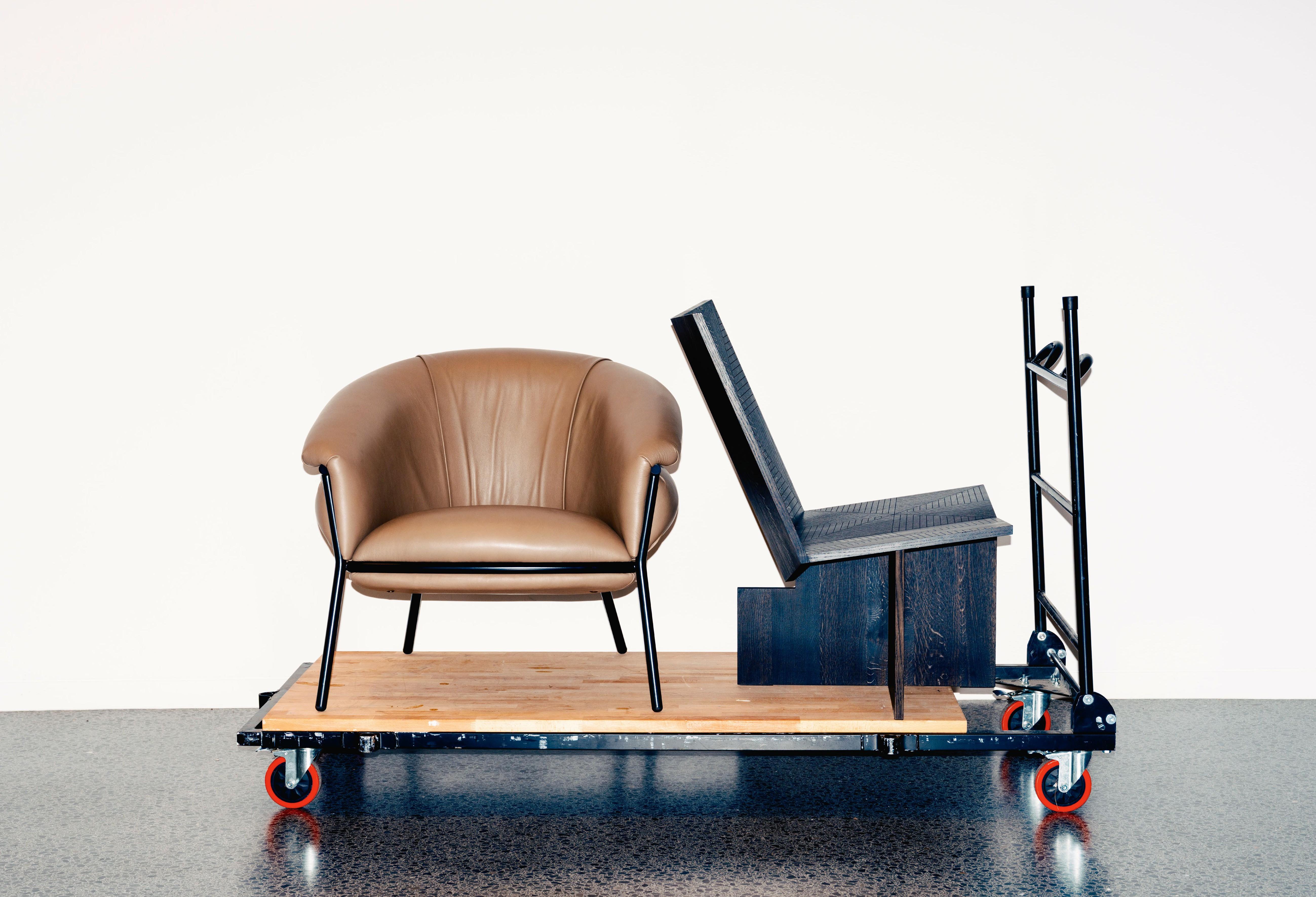
When the Studio Museum in Harlem reopens this month, much of the attention will fall on the building itself. Designed by Adjaye Associates with Cooper Robertson, the new 82,000 sq ft space is the first purpose-built home for an institution that, since 1968, has served as a forum for artists of African descent. For Thelma Golden, the museum’s director and chief curator, the architecture is only part of the story. What fills the building – the artworks, the conversations, and even the chairs, tables and stools – matters just as much.
‘The great joy of having a new, purpose-designed building is that we had the opportunity to curate our spaces in direct alignment with our mission as the nexus for artists of African descent, locally, nationally, and internationally,’ says Golden. ‘This meant that we were able to make our mission visible wherever possible, including in our furnishings.’
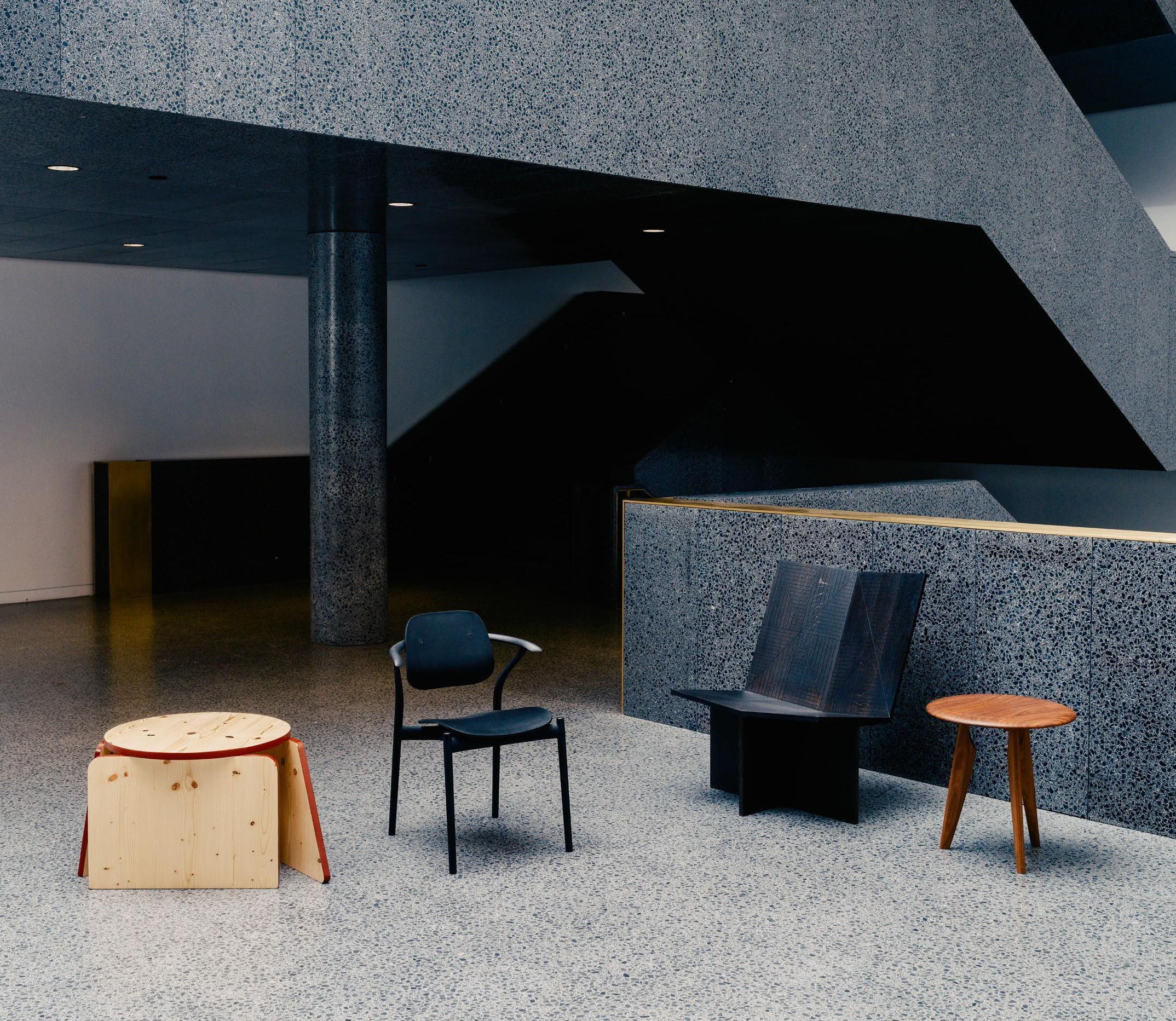
Photographed in the Studio Museum in Harlem's lobby, from left: ‘Futures’ side table by Sefako Tolu; ‘Iquo’ chair by Ini Archibong; ‘Assemblage’ chair by Charles O Job; and ‘Iklwa’ stool by Mac Collins
To achieve this, the museum turned to designers working at the intersection of furniture, craft and cultural expression: Ini Archibong, Charles O Job, Stephen Burks, Mac Collins, Michael Puryear, Peter Mabeo, Marcus Samuelsson, and Sefako Ketosugbo and Tolu Odunfa Dragonë of Brooklyn-based studio Sefako Tolu. Their work now anchors communal spaces across the museum.
‘These incredible designers exist within, and have contributed to, an expansive definition of art – Black art, in particular – that includes furniture design,’ says Golden.

Iquo Chair by Ini Archibong
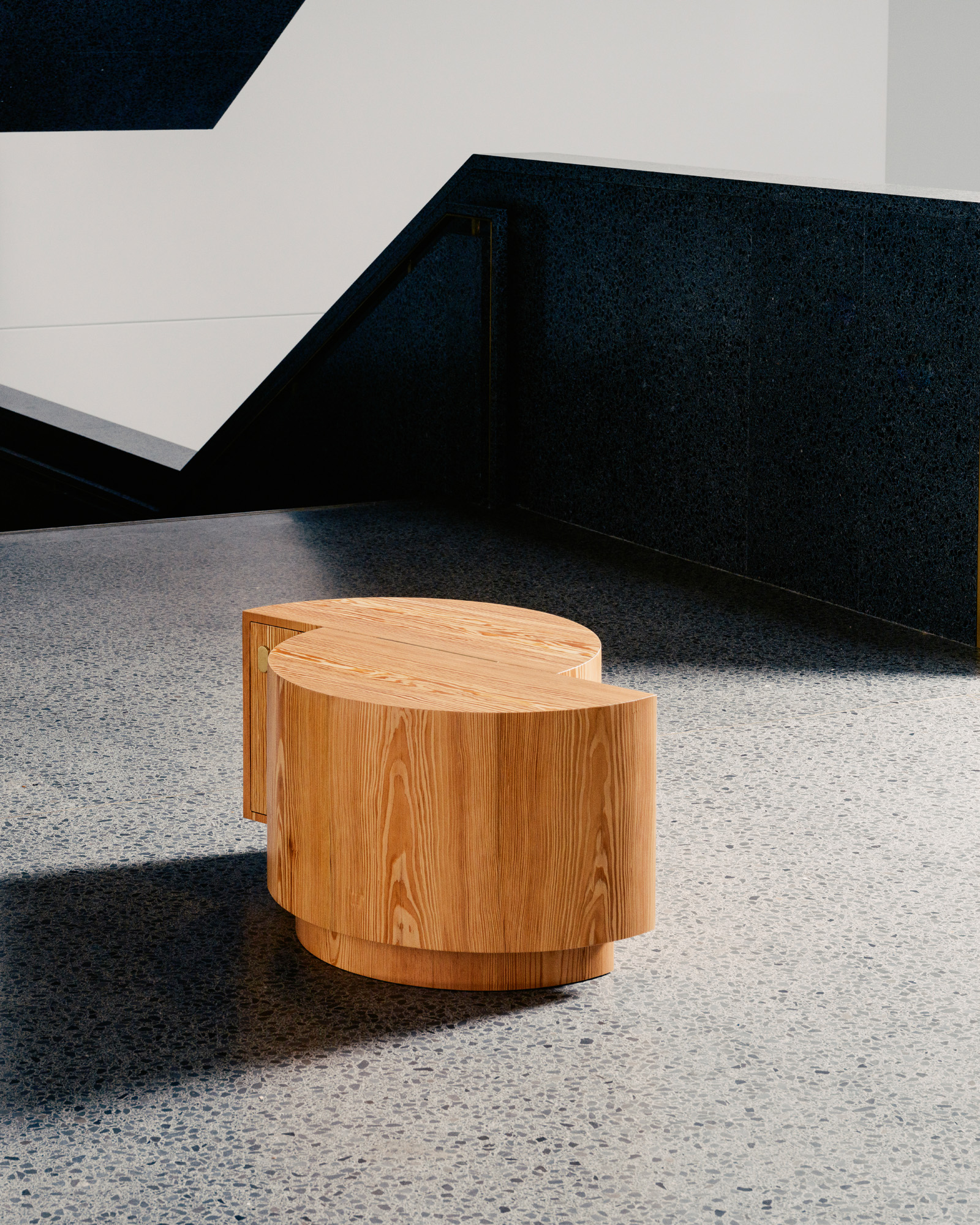
Locket Side Table by Sefako Tolu
There is much to take in. An ‘Assemblage’ chair by Charles O Job greets visitors in the fifth-floor reception, while Ini Archibong’s ‘Iquo’ chair appears in both the café and the rooftop terrace designed by Harlem-based landscape architects Studio Zewde. In the trustees’ lounge, a chair by Michael Puryear sits alongside three works by Sefako Tolu. Peter Mabeo’s ‘Kalahari’ credenza anchors the conference centre, while Stephen Burks contributes chairs for both the lecture hall stage and the reading room.
The placement of each work reflects deliberate curatorial choices, shaping how people move through and gather within the museum. ‘All of the spaces in our building were designed with the public in mind,’ Golden says. ‘Areas like the stoop and the reading room were created intentionally for communal gatherings, leisure, reflection and conversation. These furnishings complete these spaces in various ways, in many cases inviting our visitors to rest or spend time with the museum and the artworks on view. They also signal that art extends beyond traditional expressions and materials.’ In practice, this translates into spaces designed to welcome people to sit, talk and spend time together. The museum is now not just a place to see exhibitions, but also a civic space where Harlem’s community can convene, converse or soak in a quiet moment of peace.
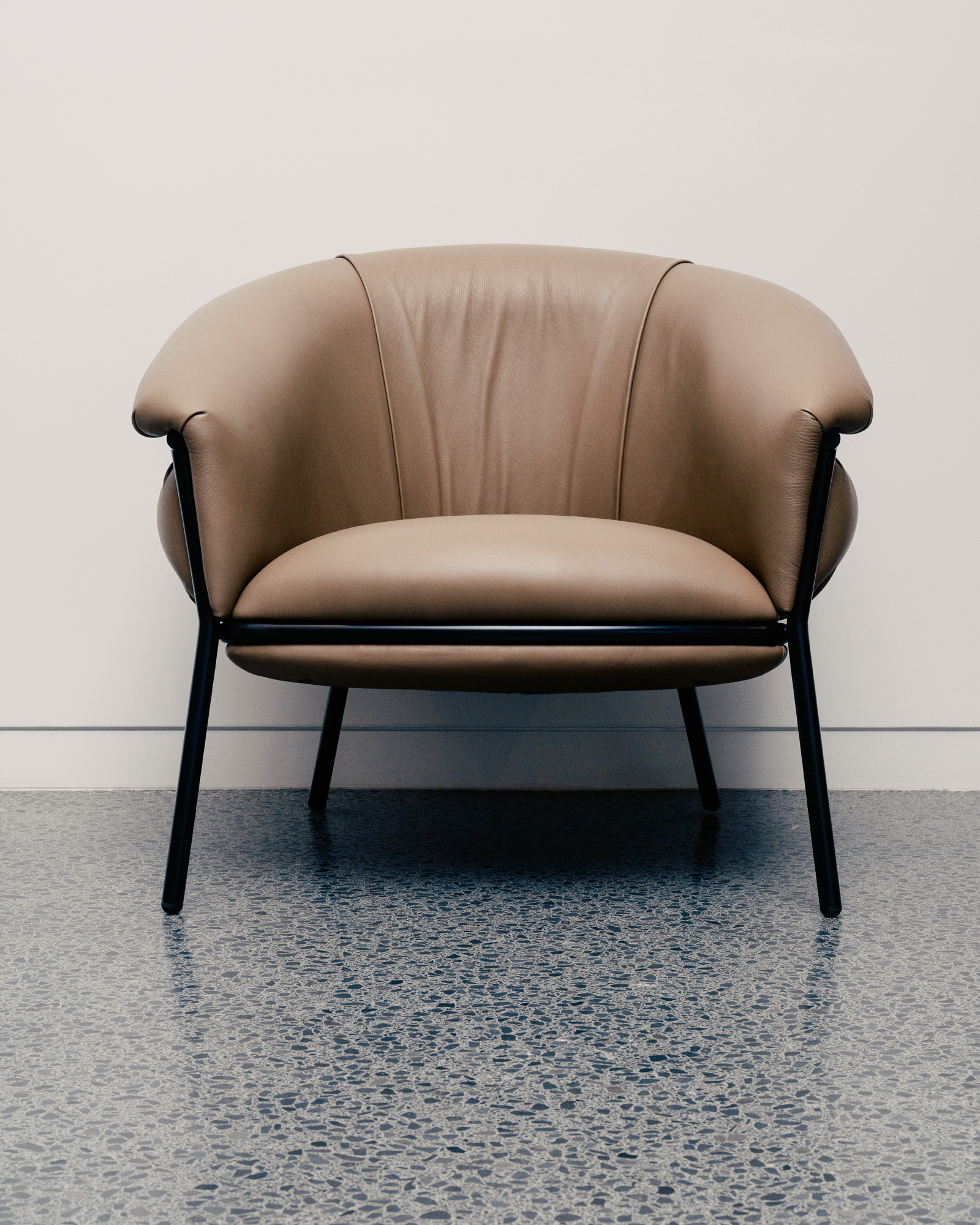
Barcelona Grasso Chair by Stephen Burks

Locket Side Table by Sefako Tolu
The Studio Museum has always served as a multifaceted platform for African artists, and this project now extends this ethos into design. ‘Since our inception, the museum has remained committed to artists from the African continent, whether they live on the continent or in the diaspora,’ notes Golden. ‘So it made sense that the decision-making around our furniture would remain within this institutional framework. Uplifting designers who are immersed in African and African diasporic traditions makes it possible for us to continue engaging in the ideas, conversations and influences that emerge from the continent, whether of past, present or future.’
Receive our daily digest of inspiration, escapism and design stories from around the world direct to your inbox.

Futures Side Table by Sefako Tolu
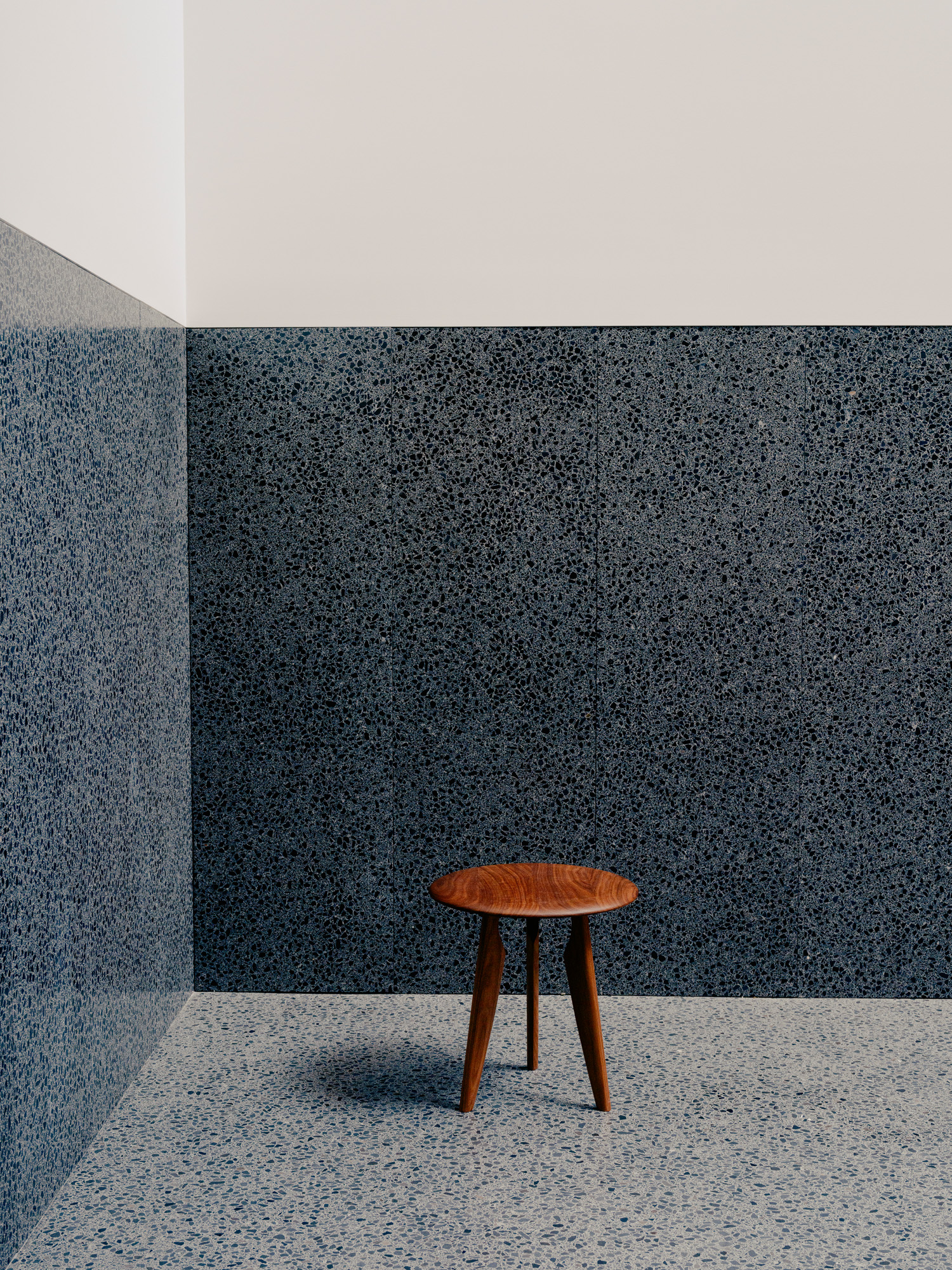
Iklwa Stool by Mac
This commitment is legible in each object. Mabeo’s Gaborone-based studio works with local artisans to realise furniture embedded in Botswanan culture, while Archibong’s practice draws from his Nigerian heritage, and Collins’ ‘Iklwa’ stool references the Zulu spear from which it takes its name.
If there is a through-line across these works, it is that they serve both form and function. They are made to be used, sat upon, leaned against or gathered around. Yet they also carry meaning and ancestral memory. For Golden, this is precisely the point: the Studio Museum has always sought to broaden definitions of art while, at the same time, presenting works that are grounded in lived experience.
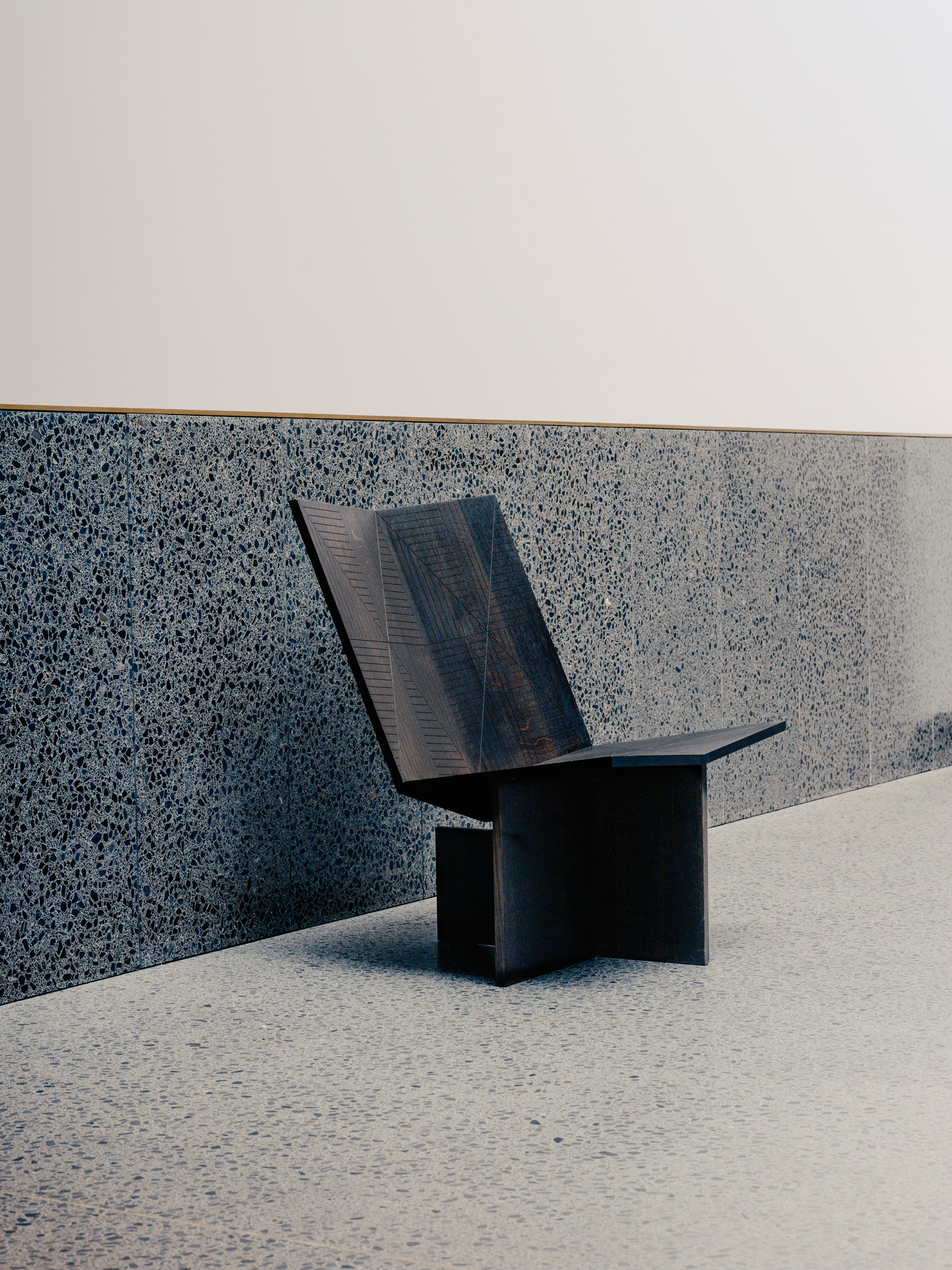
The new furniture ensures that the museum’s history and mission are woven into its fabric. The furnishings are not secondary to the art on the walls – they are part of the same continuum. They connect the institution’s mission to its architecture, and its architecture to the daily lives of those who, from the grind of the Harlem streets, will now integrate it into their daily routines.
‘These furnishings invite visitors to rest or spend time with the museum,’ Golden says. In a city where cultural spaces can feel transitory, where visitors are often rushed along or kept at arm’s length, the Studio Museum’s new interiors suggest another model. Here, design is not just something to look at – it’s something to live with.
144 W 125th St, New York, NY 10027
Tom Seymour is an award-winning journalist, lecturer, strategist and curator. Before pursuing his freelance career, he was Senior Editor for CHANEL Arts & Culture. He has also worked at The Art Newspaper, University of the Arts London and the British Journal of Photography and i-D. He has published in print for The Guardian, The Observer, The New York Times, The Financial Times and Telegraph among others. He won Writer of the Year in 2020 and Specialist Writer of the Year in 2019 and 2021 at the PPA Awards for his work with The Royal Photographic Society. In 2017, Tom worked with Sian Davey to co-create Together, an amalgam of photography and writing which exhibited at London’s National Portrait Gallery.
-
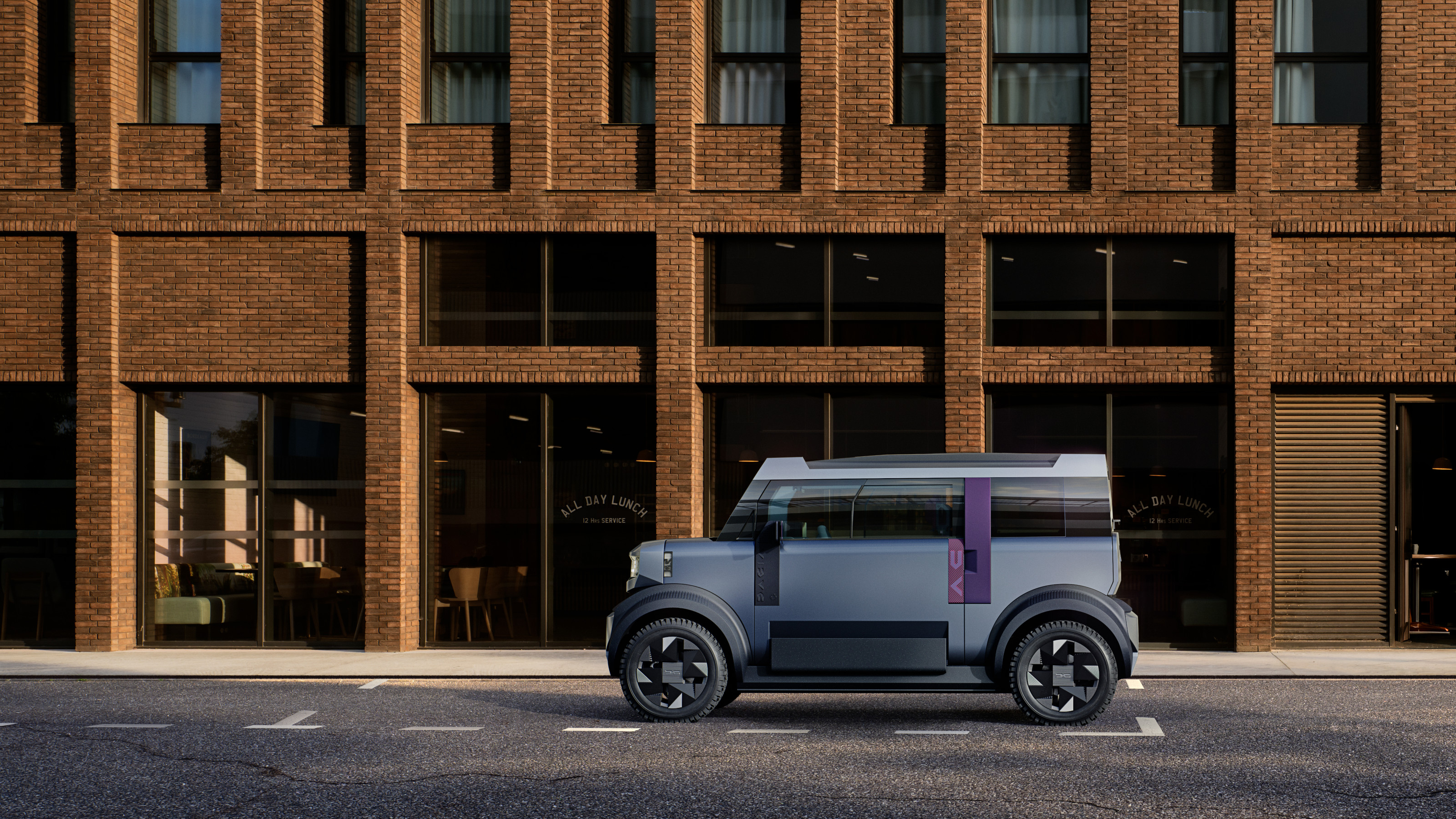 Year in review: the shape of mobility to come in our list of the top 10 concept cars of 2025
Year in review: the shape of mobility to come in our list of the top 10 concept cars of 2025Concept cars remain hugely popular ways to stoke interest in innovation and future forms. Here are our ten best conceptual visions from 2025
-
 These Guadalajara architects mix modernism with traditional local materials and craft
These Guadalajara architects mix modernism with traditional local materials and craftGuadalajara architects Laura Barba and Luis Aurelio of Barbapiña Arquitectos design drawing on the past to imagine the future
-
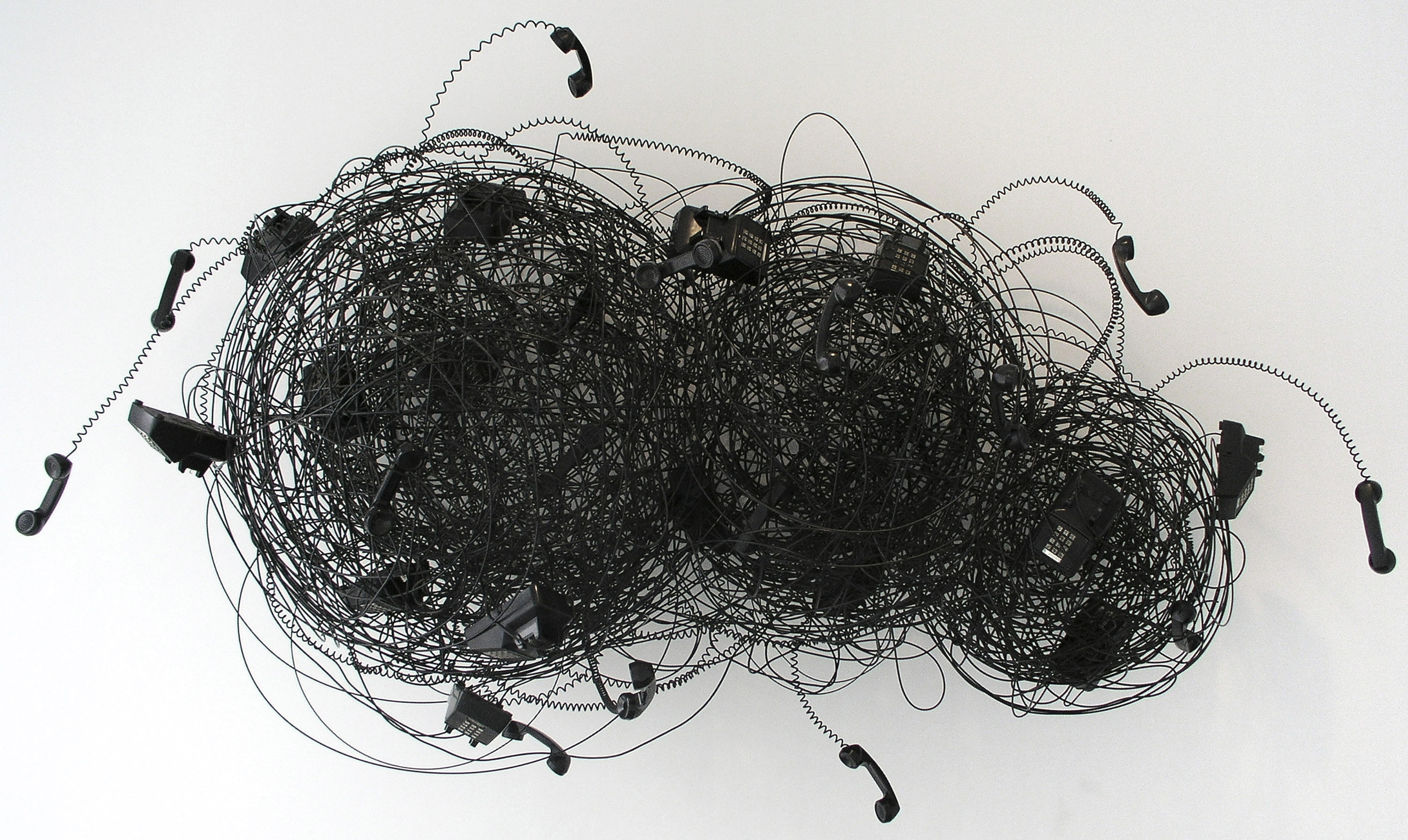 Robert Therrien's largest-ever museum show in Los Angeles is enduringly appealing
Robert Therrien's largest-ever museum show in Los Angeles is enduringly appealing'This is a Story' at The Broad unites 120 of Robert Therrien's sculptures, paintings and works on paper
-
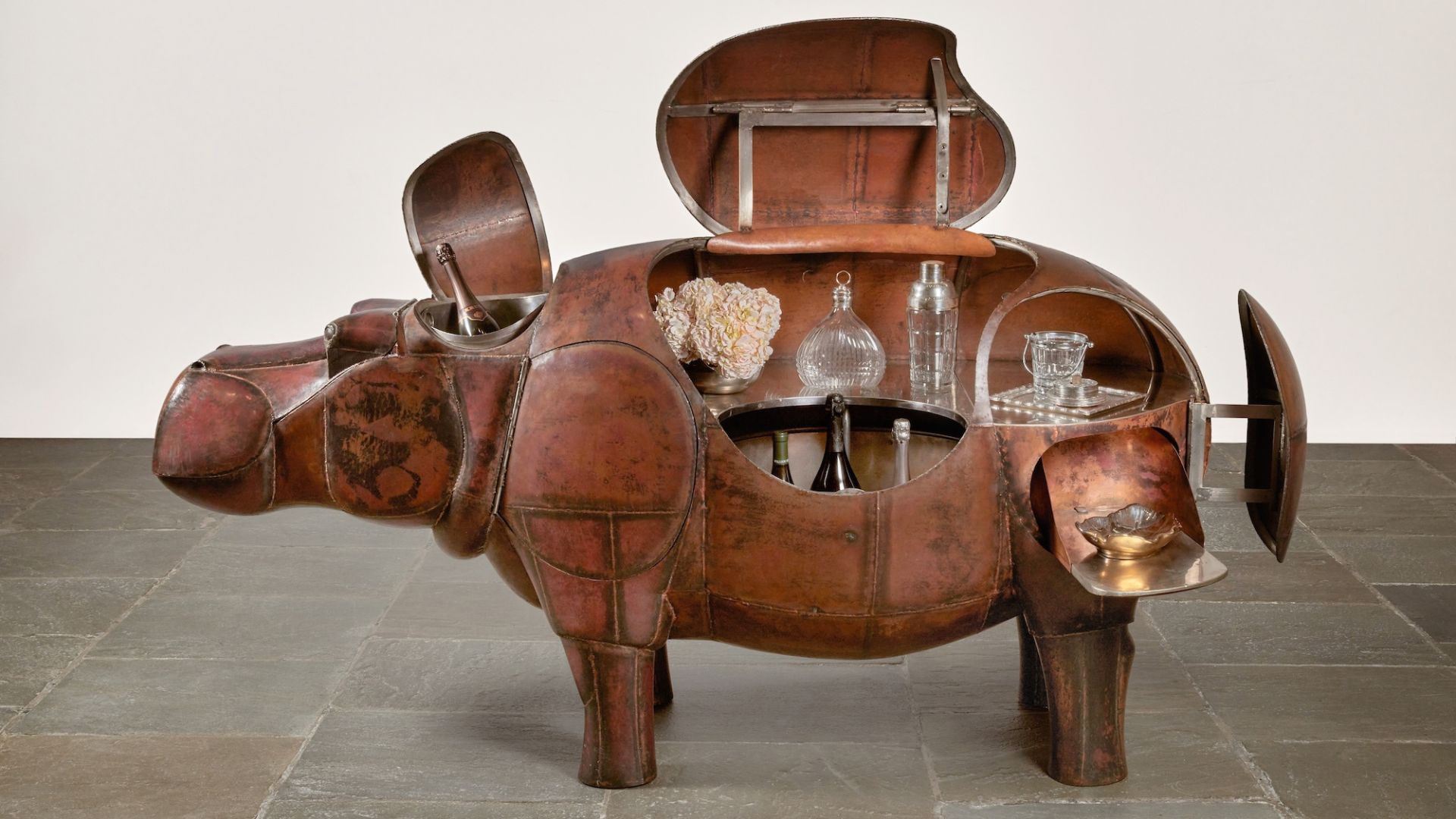 At $31.4 million, this Lalanne hippo just smashed another world auction record at Sotheby’s
At $31.4 million, this Lalanne hippo just smashed another world auction record at Sotheby’sThe jaw-dropping price marked the highest-ever for a work by François-Xavier Lalanne – and for a work of design generally
-
 Eclectic and colourful, Charlie Ferrer’s home reflects the interior designer’s personal and professional evolution
Eclectic and colourful, Charlie Ferrer’s home reflects the interior designer’s personal and professional evolutionThe New York interior designer invites us into his new Greenwich Village home: come on in
-
 Finnish Design Shop has unveiled an interiors collection inspired by the modernist art of Helene Schjerfbeck
Finnish Design Shop has unveiled an interiors collection inspired by the modernist art of Helene SchjerfbeckThe collection’s serene colour palettes and refined finishes draw directly from Schjerfbeck’s paintings, translating her Nordic modernist sensitivity into contemporary objects
-
 Tour Aflalo’s first retail space, a gallery-like studio in New York
Tour Aflalo’s first retail space, a gallery-like studio in New YorkLight-filled and elegant, Aflalo has opened its first retail space in a classic Soho loft, reimagined by Nordic Knots Studio
-
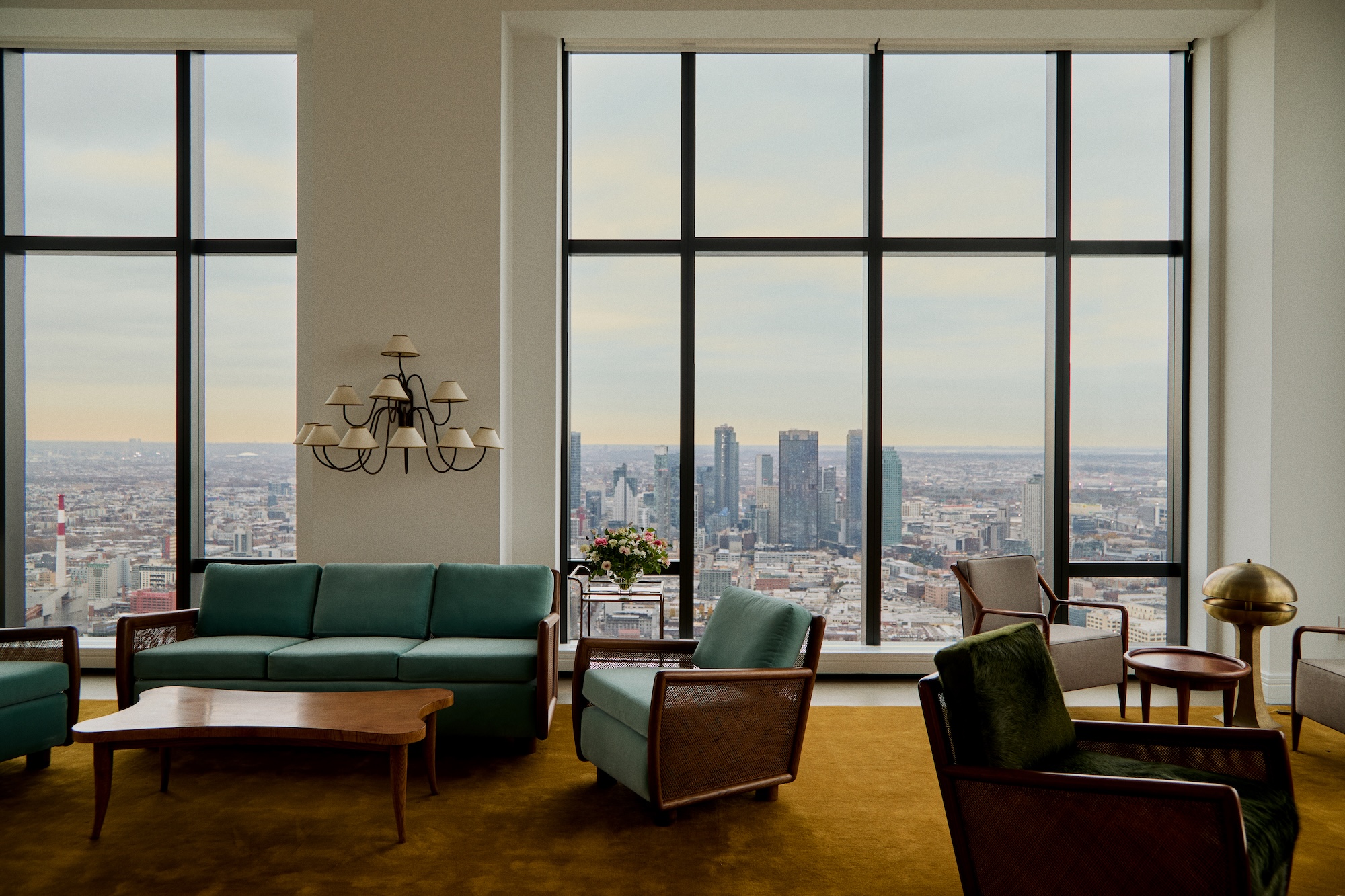 A breathtaking exhibition celebrating modernism’s transatlantic ties soars above Manhattan
A breathtaking exhibition celebrating modernism’s transatlantic ties soars above ManhattanCurated by interior designer Andre Mellone, 'Crossed Trajectories' at Galerie Gabriel's penthouse explores connections between nomadic post-war creatives Jean Royère, Roberto Platé and more
-
 MillerKnoll's renovated flagship in New York opens doors to design experiences
MillerKnoll's renovated flagship in New York opens doors to design experiencesThe new MillerKnoll New York gallery space makes its debut with Keiji Takeuchi’s ‘Walking Sticks & Canes’ exhibition, supported by Triennale Milano
-
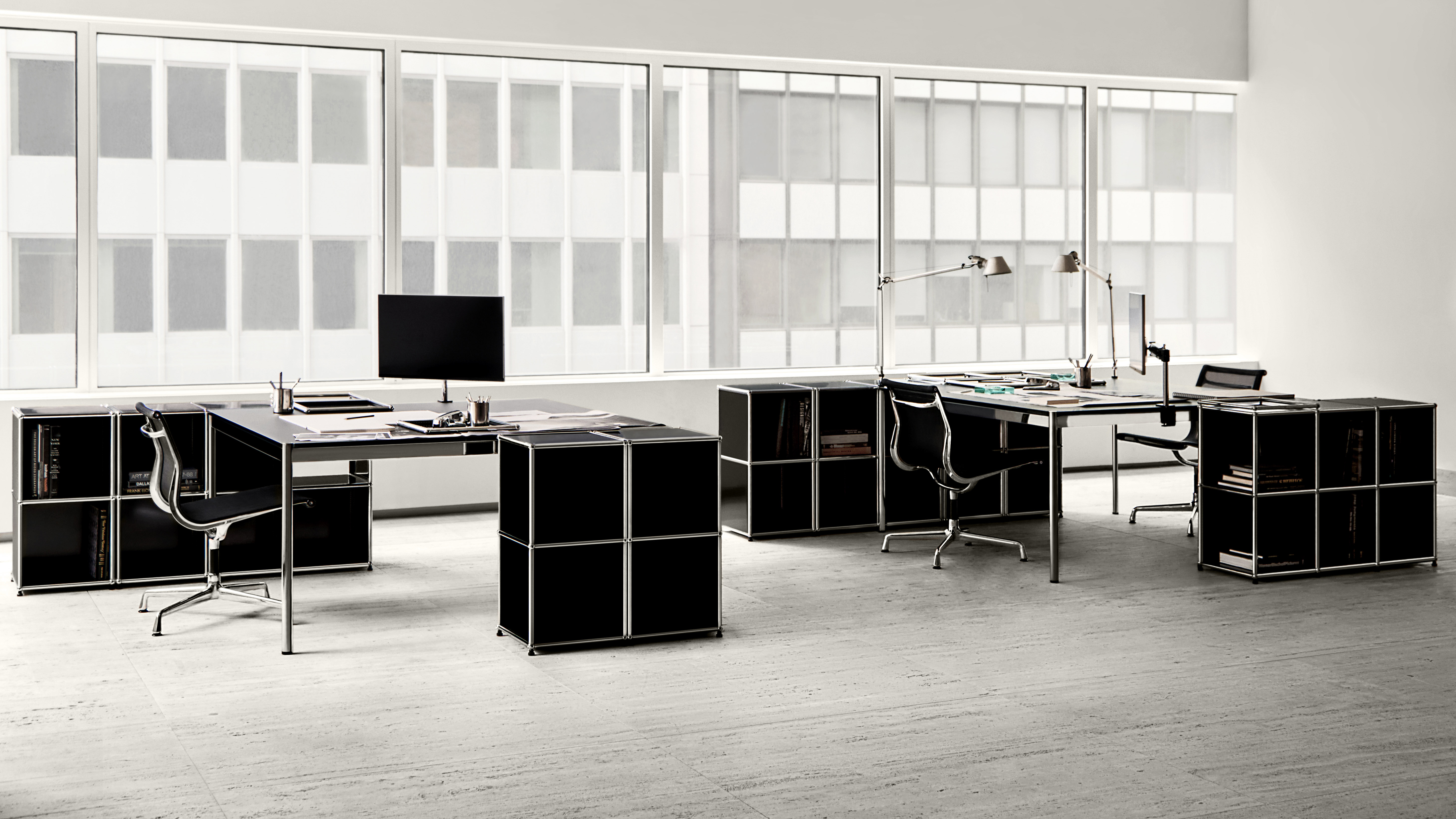 USM and Alexander May Studio present a monochrome meditation on the modern workspace
USM and Alexander May Studio present a monochrome meditation on the modern workspaceThese six flexible workspaces ‘encourage clarity of thought, calm, and self-definition’, says New York designer Alexander May of his partnership with the modular furniture brand
-
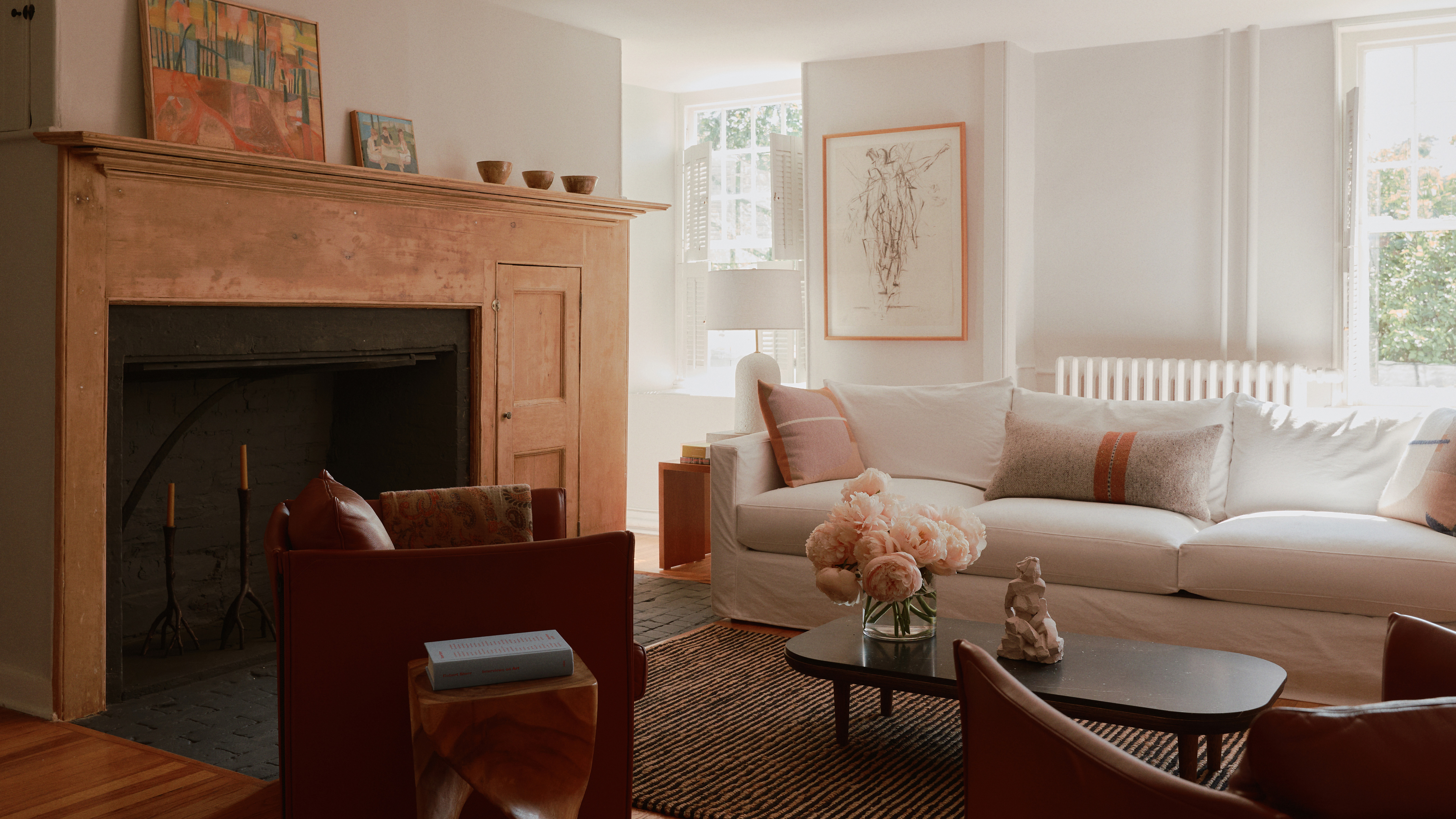 Once overrun with florals, this old Hudson farmhouse is now a sprawling live-work artist’s retreat
Once overrun with florals, this old Hudson farmhouse is now a sprawling live-work artist’s retreatBuilt in the 1700s, this Hudson home has been updated into a vast creative compound for a creative, yet still exudes the ‘unbuttoned’ warmth of its first life as a flower farm